Once again, Australian universities have shown they prefer ideology over evidence. They have just released their latest survey which alleges that there is a rape crisis on our campuses.
This follows the million-dollar survey conducted five years ago by the Australian Human Rights Commission which proved a huge letdown for the activists because all that was found was a lot of unwanted staring and tiny rates of sexual assault.
Now they’ve tried again, and contrary to what has appeared in the media in recent weeks, the results are even more disappointing for the feminists.
Not that the facts or statistics matter two hoots when our media remains determined to sing from the radical feminist songbook.
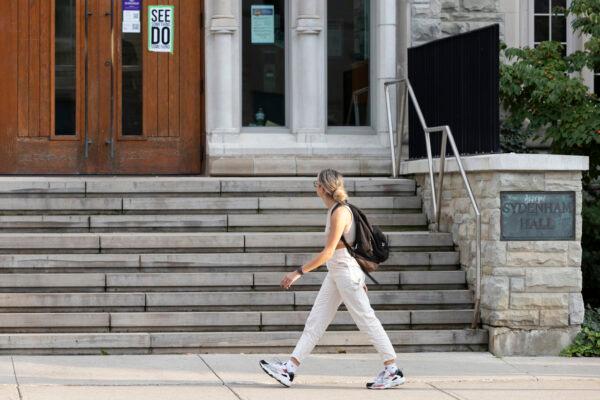
Additionally, no one bothered to look at official sexual assault rates for this age group.
The Australian Bureau of Statistics Personal Safety Survey shows sexual harassment rates for 18-24-year-olds at 27.3 percent and sexual assault at 3.4 percent—making it very clear that our universities are extremely safe compared to the general community.
Yet the propaganda campaign rolls on. Last month, it was announced that all Australian high school students are to be taught about sexual consent. Mandatory education programs are being rolled out across the country teaching boys not to rape.
It’s mainly due to Sydney schoolgirl activist Chanel Contos who burst into the limelight last year when she announced that a school sex education course had led her to discover she’d been raped two years earlier.
As a 13-year-old she alleges she had been “coerced” to go down on a boy at a party, but it took a Year-10 school sex education course for her to realize what had happened to her.
She started a website encouraging other girls to tell stories of similar sexual assaults and nearly 2,000 obliged. Ever since she’s been out there calling out male misbehaviour and lobbying for school sexual consent courses.
We heard shocking stories of drunk girls waking up to discover males taking advantage of them, boys behaving badly, circulating photos of their mates having sex, etc—some truly unacceptable examples of male behaviour.
When questions started appearing in online comments about why so vulnerable youngsters were attending these alcohol and drug-fueled parties, any suggestion that girls needed to take care of themselves were howled down. There was only one permissible narrative—toxic males and helpless females.
Now sexual consent education will reinforce that message. I’ve just been sent snapshots taken from the brand-new curriculum being introduced in one South Australian school.
It’s fascinating seeing how the educators twist themselves into knots to avoid any hint of victim-blaming. They’ve come up with a new slogan: “Vulnerability is not the same as responsibility.”
Kim is out drinking, and a man “they” knows offers “them” a ride home but instead drives to a secluded spot, parks, and wants to have sex. Our educators spell out the message very clearly: it’s the villain, the driver, who is 100 percent responsible for his actions and whether or not Kim is safe. Kim is simply “vulnerable” as a result of decisions “they” have made to get into this situation.
In this particular scenario, we don’t know the gender of the potential victim, but the bulk of the responsibility/vulnerability examples given in the curriculum involves males taking advantage of girls who arguably signal sexual interest in various ways by wearing low-cut dresses; or inviting a boy to “snuggle” with them in a private room at a party.
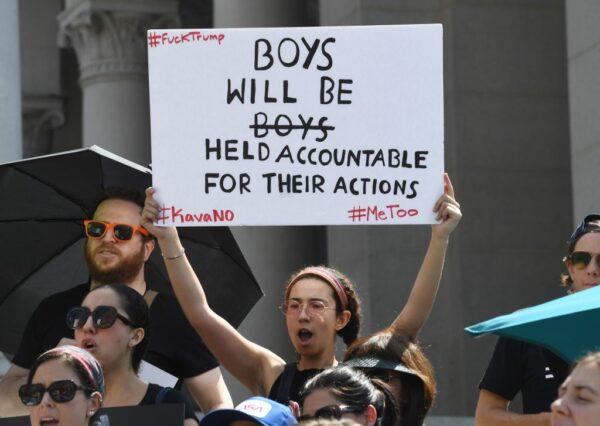
The great pity is there is so little in this curriculum about the many reasons girls might be ambivalent about consent. The central myth of the “enthusiastic consent” dogma is the notion that girls know their own minds and clearly indicate their desires.
The truth is, that males are often forced to interpret female sexual ambivalence, obfuscation, and confusion. The apparent “Yeses” that are really should be “Maybes” or plain “Nos.”
Instead of properly addressing these muddy waters, these sexual consent courses work hard to convince young females that they are all potential victims, needing protection from dangerous males and taking us one more step towards creating a divided society.
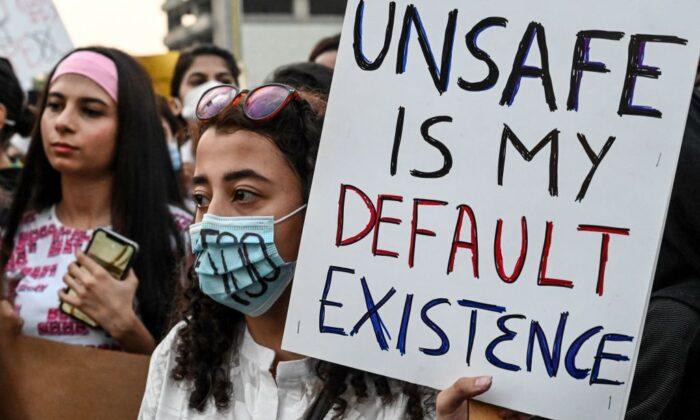


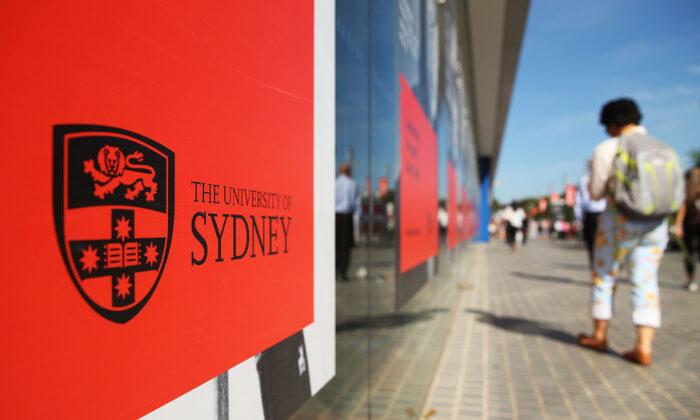
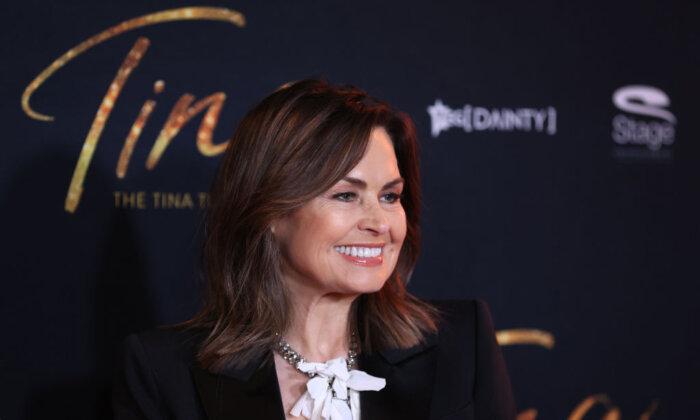

Friends Read Free